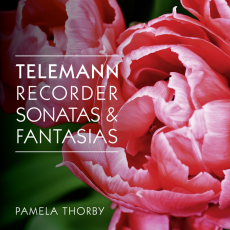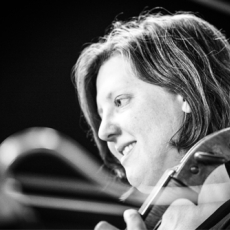Pamela Thorby - Telemann: Recorder Sonatas and Fantasias - Early Music Review
Performance: 5 stars
Recorded Sound: 5 stars
Booklet Note: 5 stars
Overall Presentation: 5 stars
Telemann published the recorder sonatas on disc 1 in two major publications, the Essercizii musici and Der getreue Music-Meister. The latter appeared in fortnightly instalments in 1728-29 and the former is now thought after study of the printing to have been published a year or so earlier. In the Essercizii musici each of the six instruments involved (recorder, flute, oboe, violin, gamba and harpsichord) is given two solos and two trio sonatas in combination with one of the other instruments. In addition to the two solo sonatas for recorder, this disc also has the trio sonata for recorder and obbligato harpsichord from the same publication, possibly the first place where sonatas with obbligato keyboard appeared in print.
The other four solo recorder sonatas are from Der getreue Music-Meister, where the sonata in F minor is for bassoon and continuo, with each movement published in a separate issue and the possibility of playing it on the recorder added as an afterthought only at the end of the final movement. The bassoon isn't neglected on this recording, sharing the continuo in the fast movements of some of the sonatas where it can best bring out the composer's lively contrapuntal style. Recorder and gamba without continuo is one of several suggestions by Telemann for performance of the canonic sonata in D minor; recorder and bassoon isn't but it works well. Although the recorder is the soloist on this disc, all the performers play with a great sense of style and enjoyment. Pamela Thorby's playing is by turns expressive and breathtaking, and anyone who has played the well-known Sonata in F major for a grade exam will be amazed by her ornamented repeats. She writes that the disc was recorded during two happy days together, and it shows.
The second disc, Telemann's Fantasias for solo flute transposed for a variety of sizes of recorder, is just as good. Pamela Thorby defends her transpositions with reference to Heinichen and Mattheson who both wrote that keys could represent opposing affects. Her performances beautifully illuminate the extraordinary variety in these miniature works which contain fugues, dances, improvisatory movements, a chaconne and even a French overture, and her brilliant but effortless-sounding playing brings out the counterpoint hidden in the single melody line. Highly recommended.





